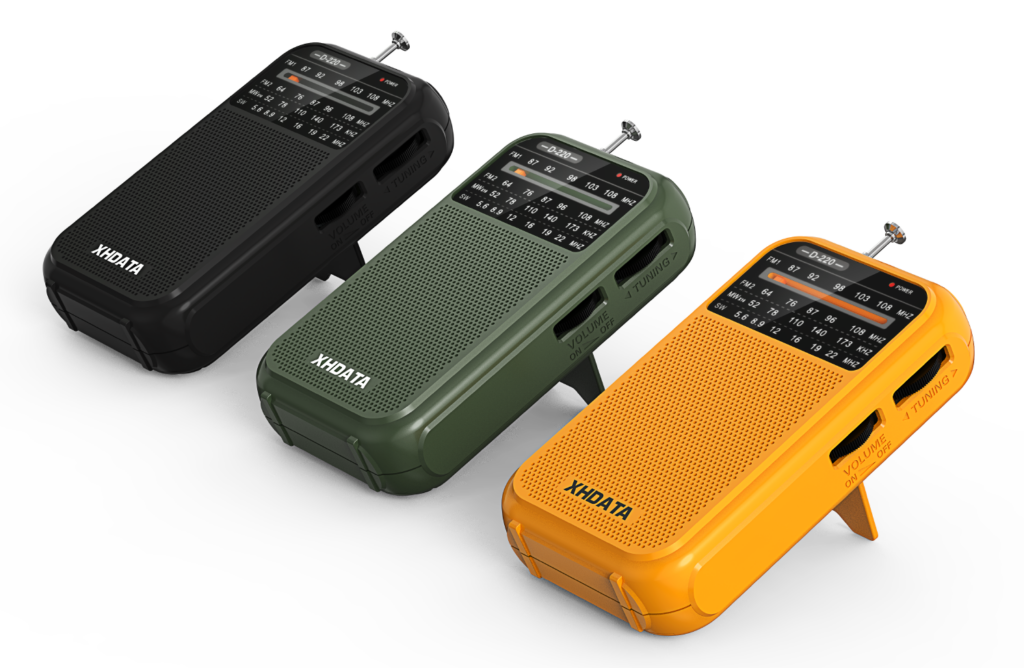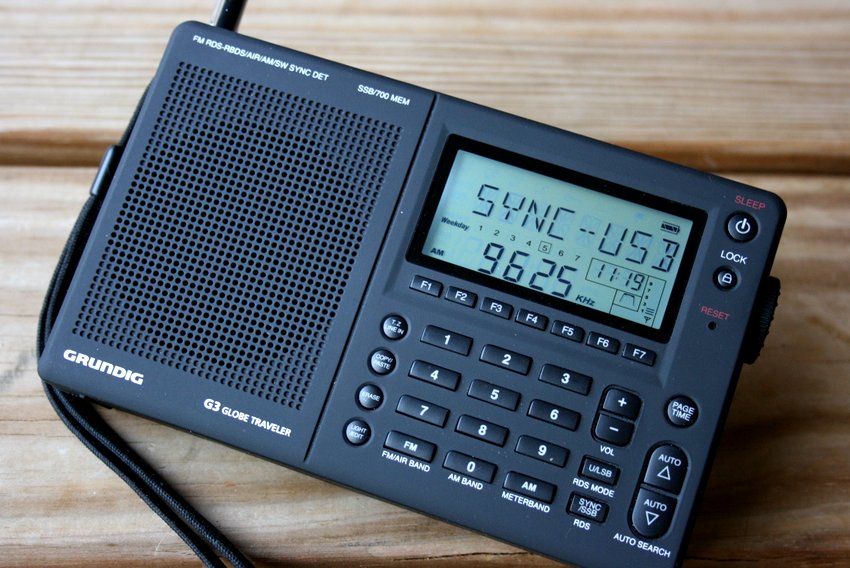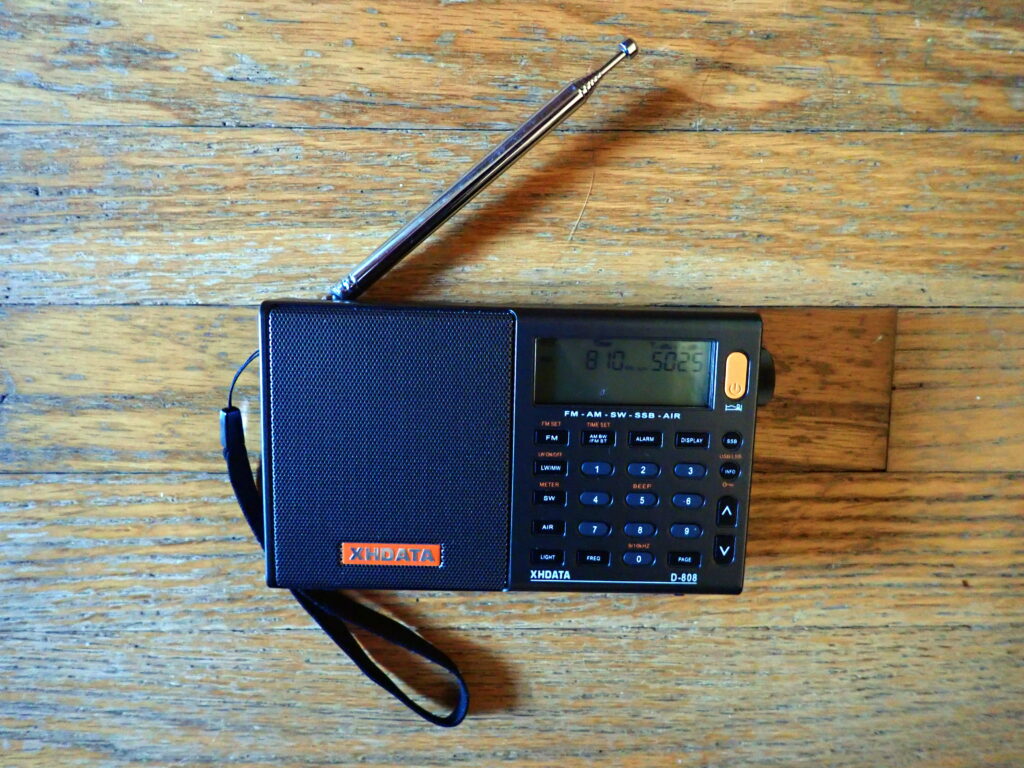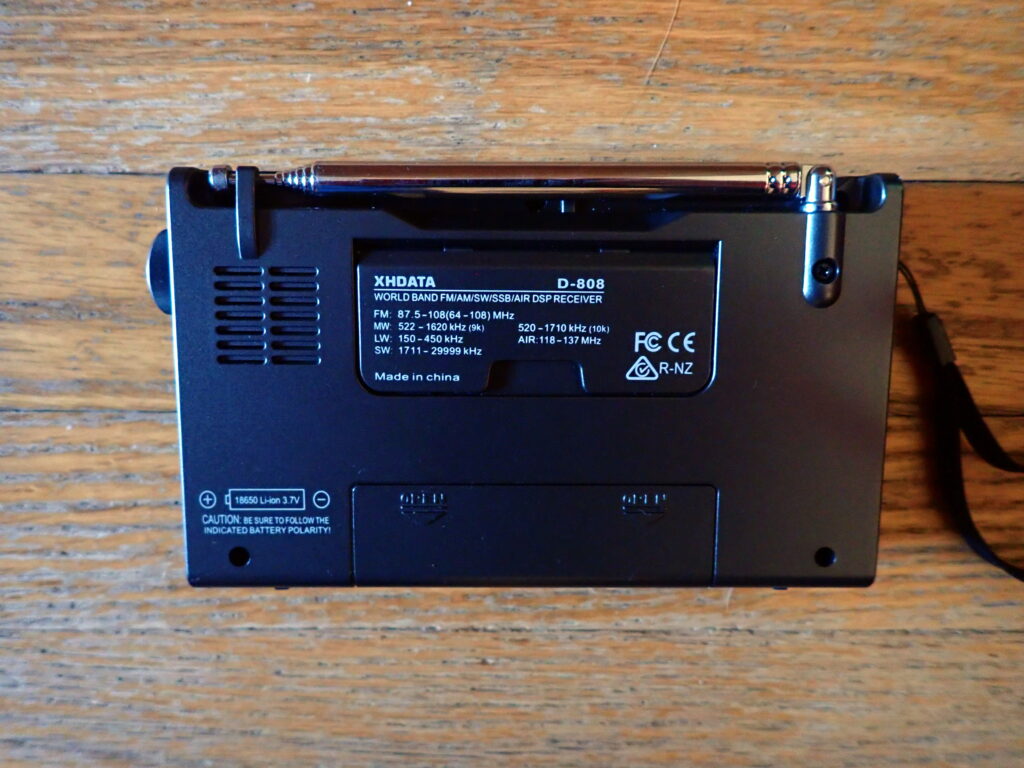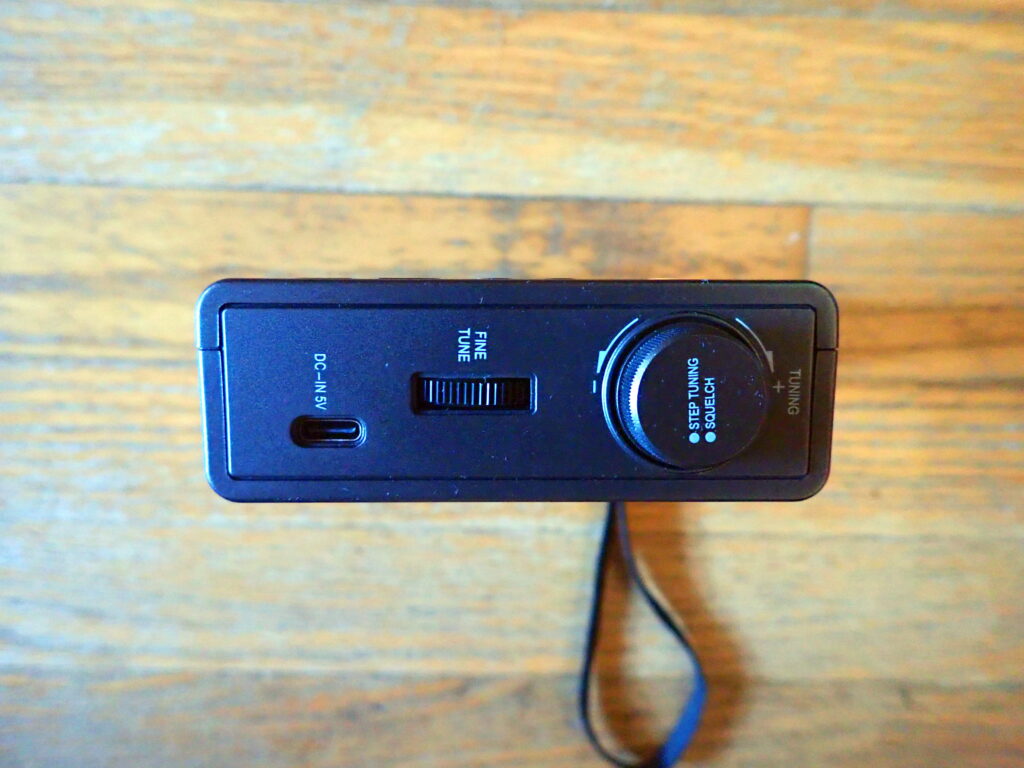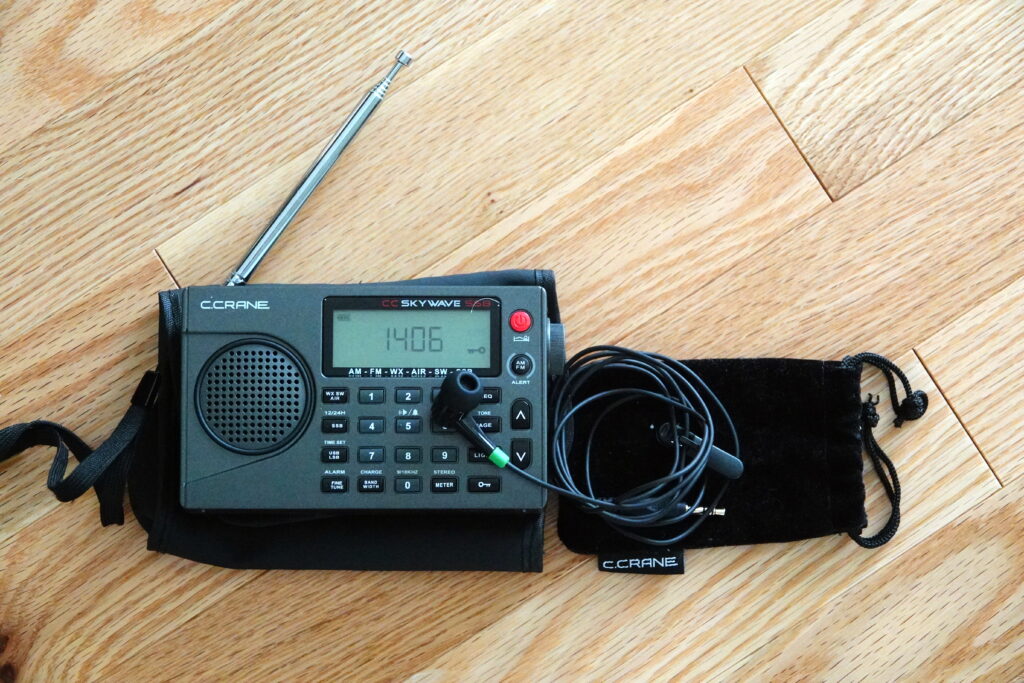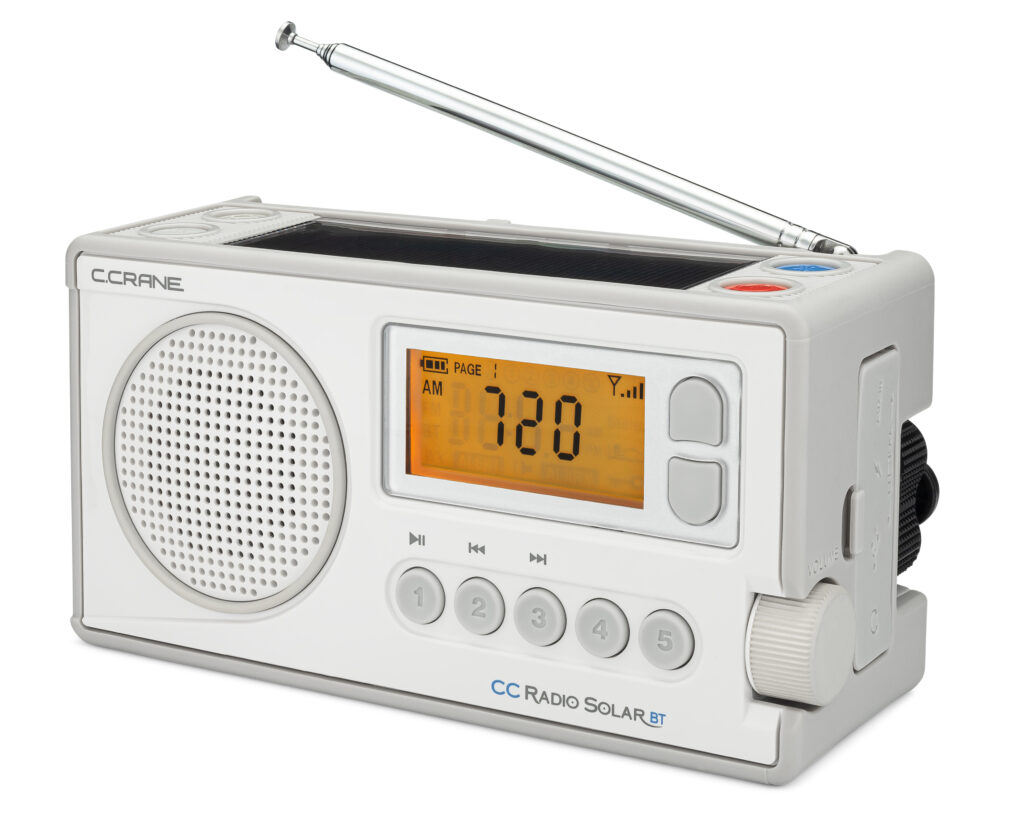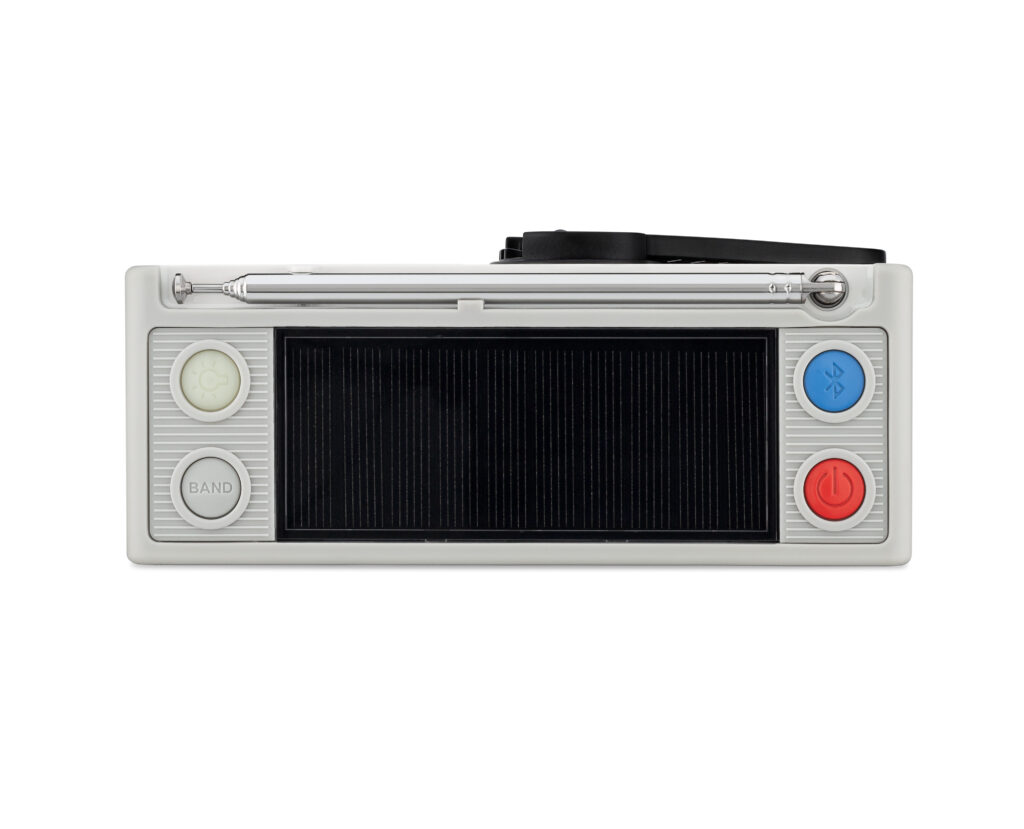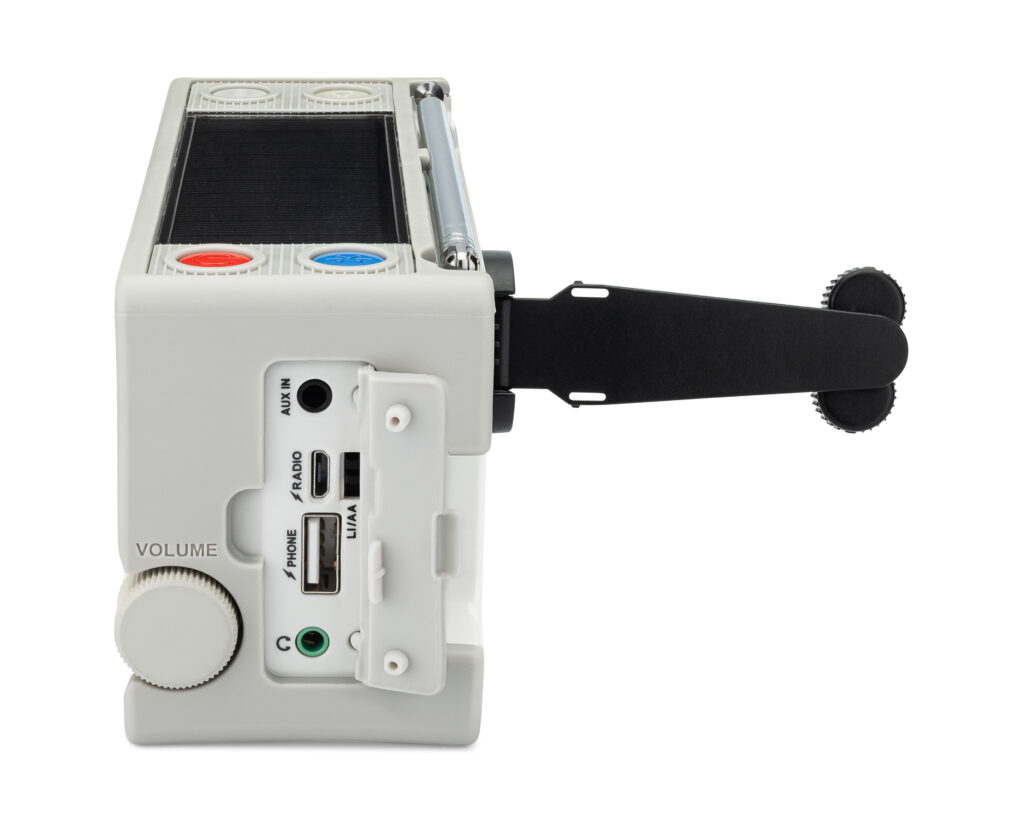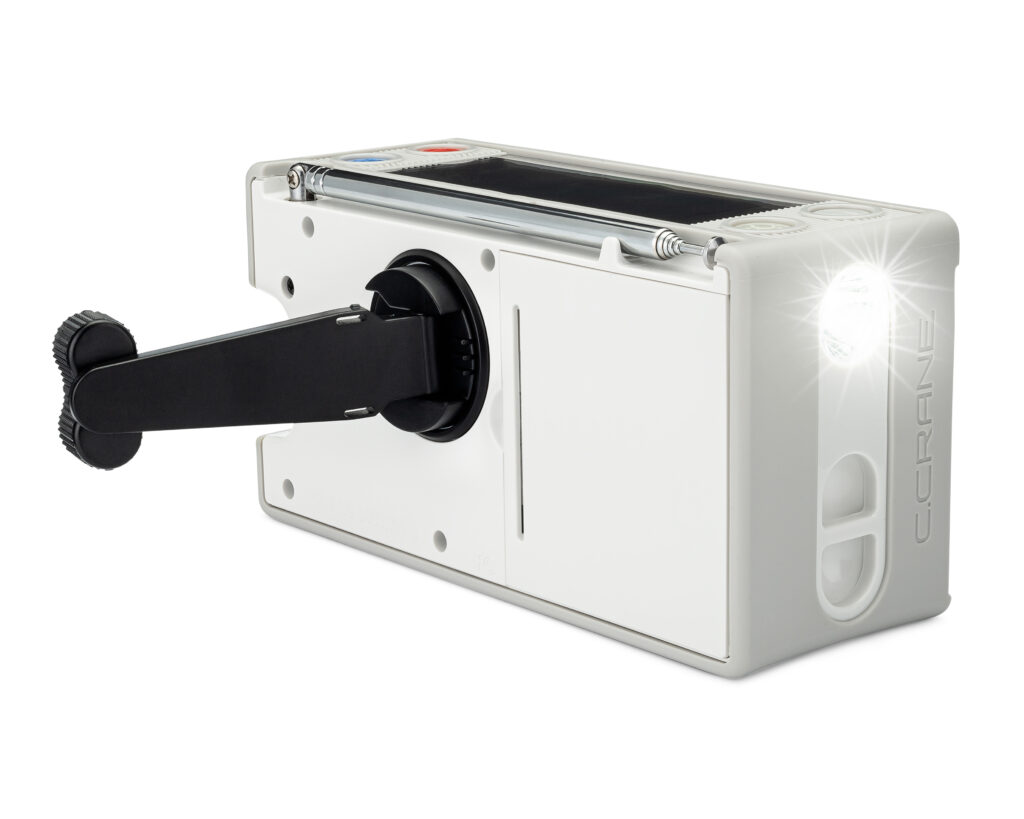In the run-up to the Nutty Idea XHDATA D-200 DX Contest, I really thought that sorting through the data might take a while. Why? Because I heard from so many people who said they had bought the D-220, were pleasantly surprised at its performance, and thought the contest sounded like fun.
But it turned out not to be so . . . only two “official” entries were received, plus an email from a ham radio friend who participated.
So I thought I would like the participants speak for themselves.
Don
First setup. I used a trimmed printer label and pen on my D-220 to mark the SW bands and key frequencies – so marks on WWV, CHU, FT8 on 7, 10, 14, 18 and 21MHz (nice I could hear them all) and some marks of the key SWL bands. I spent Friday trying to do everything indoors on my second floor and Sat outdoors. Of course, waiting for station IDs became the big roadblock. I didn’t get a lot of time over the weekend with events so I did what I could.
Identified Stations:
- WWV 10 and 15 MHz (680 mi)
- CHU 7.9 and 14.9 MHz (850mi)
- WRMI on 17.5-18MHz (1410 mi)
- WWCR on ~5.9 MHz (700 mi)
- WGN Chicago – 720 kHz (350 mi)
- KBGG Des Moines – 1700 kHz (240 mi)
- KCNZ Cedar Falls – 1650 kHz (180 mi)
- ??Radio Exterior de Espana?? – I think so but couldn’t be sure 16m band
Friday evening – all times local CDT in midwest:
- 41m band – 3 stations – 2 in Spanish, 1 in english (no IDs)
- 49m band – two religious stations and one hispanic (that was 2-3 kHz above the 2 english stations – no IDs)
Saturday – started a more systematic approach.
- really tried hard to hear WWV on 20MHz scanning down a bit from 21MHz FT8 – nothing
- pretty sure I got Radio Exterior de Espana – but not sure
- hear loud stations in the 31, 25, 22 and 16m bands but only a couple of IDs – noted above
- heard a ton of MW stations but only picked out a few with IDs – noted above
Here are some key observations:
1. As a simple portable, the D-220 is a nice, very lightweight travel companion. FM and MW are sufficient for listening to games or music. I would definitely take it on a bike trip or camping or even to a game.
2. Headphone plug on the side??? Why?? Not good for a pocket or case. Should be on the top.
3. Outdoor use is moderate to excellent – performance improves dramatically. MW at night seems very good as does SW. This really is an outdoor portable with just the whip!
4. SW noise level is very good. Much better than Retekess or others.
5. SW overloading from MW is bad in the city yet just touching the whip with a finger removes it completely (changing impedance, grounding and antenna characteristics) allowing for clean SW.
6. FM audio sounds good but bass is severely attenuated. Hooking up the headphone jack to a stereo demonstrates how much low frequencies are cut whereas other cheap portables have great lows.
7. Audio tuning bandwidth drowns out stations close to each other if one is more powerful – fine tuning isn’t an option.
8. Tuning is general takes patience and a very sensitive touch to change the frequency.
9. SW is doable outdoors – need some testing with antenna mods – but the whip would give you some of the big SW guns.
All-in-all I was generally pleased with the radio at its price point and portability.
*****
William, KR8L
MWBC = 5, DX = 130 miles (WSM)
FMBC = 10 , DX = 50 miles (WCIL)
SW SFTS = 3, DX = 900 miles (WWV)
SWBC = 6, DX = 8000 miles (RNZ)
Amateur (CW) = 4, DX = 1010 miles (K1YAN)
Amateur (AM) = 2, DX = 1110 miles (W7YO)
Fun! Heard a lot more but no ID due to language and time constraints.
*****
Lou, KD2UHG (via email)
I could not spent as much time as I would have liked scanning the waves. I was picking up more SW then I imagined possible. Most noteworthy was the Music Through The Decades. From Akron Ohio, and Radio Romania. I heard all of the usual Christian preachers. Brother S was booming from Florida.After receiving the 220, I also bought the 219.
*****
So, thank you Don, William and Lou for your participation and your comments.
I hope William’s observation sums it up for all of you: “Fun!”


